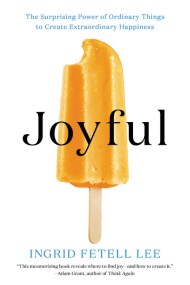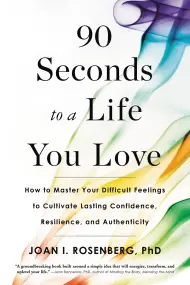Promotion
Use code MOM24 for 20% off site wide + free shipping over $45
Schadenfreude
The Joy of Another's Misfortune
Contributors
Formats and Prices
Price
$9.99Price
$11.99 CADFormat
Format:
- ebook $9.99 $11.99 CAD
- Hardcover $15.00 $19.50 CAD
- Audiobook Download (Unabridged)
This item is a preorder. Your payment method will be charged immediately, and the product is expected to ship on or around November 20, 2018. This date is subject to change due to shipping delays beyond our control.
Also available from:
An entertaining and insightful exploration of schadenfreude: the deliciously dark and complex joy we’ve all felt, from time to time, at news of others’ misfortunes.
You might feel schadenfreude when… the boss calls himself “Head of Pubic Services” on an important letter a cool guy swings back on his chair, and it tips over. a Celebrity Vegan is caught in the cheese aisle. an aggressive driver cuts you off — and then gets pulled over. your co-worker heats up fish in the microwave, then gets food poisoning. an urban unicyclist almost collides with a parked car. someone cuts the line for the ATM — and then it swallows their card. your effortlessly attractive friend gets dumped.
We all know the pleasure felt at someone else’s misfortune. The Germans named this furtive delight in another’s failure schadenfreude (from schaden damage, and freude, joy), and it has perplexed philosophers and psychologists for centuries. Why can it be so satisfying to witness another’s distress? And what, if anything, should we do about it?
Schadenfreude illuminates this hidden emotion, inviting readers to reflect on its pleasures, and how we use other people’s miseries to feel better about ourselves. Written in an exploratory, evocative form, it weaves examples from literature, philosophy, film, and music together with personal observation and historical and cultural analysis. And in today’s world of polarized politics, twitter trolls and “sidebars of shame,” it couldn’t be timelier.
Engaging, insightful, and entertaining, Schadenfreude makes the case for thinking afresh about the role this much-maligned emotion plays in our lives — perhaps even embracing it.
You might feel schadenfreude when… the boss calls himself “Head of Pubic Services” on an important letter a cool guy swings back on his chair, and it tips over. a Celebrity Vegan is caught in the cheese aisle. an aggressive driver cuts you off — and then gets pulled over. your co-worker heats up fish in the microwave, then gets food poisoning. an urban unicyclist almost collides with a parked car. someone cuts the line for the ATM — and then it swallows their card. your effortlessly attractive friend gets dumped.
We all know the pleasure felt at someone else’s misfortune. The Germans named this furtive delight in another’s failure schadenfreude (from schaden damage, and freude, joy), and it has perplexed philosophers and psychologists for centuries. Why can it be so satisfying to witness another’s distress? And what, if anything, should we do about it?
Schadenfreude illuminates this hidden emotion, inviting readers to reflect on its pleasures, and how we use other people’s miseries to feel better about ourselves. Written in an exploratory, evocative form, it weaves examples from literature, philosophy, film, and music together with personal observation and historical and cultural analysis. And in today’s world of polarized politics, twitter trolls and “sidebars of shame,” it couldn’t be timelier.
Engaging, insightful, and entertaining, Schadenfreude makes the case for thinking afresh about the role this much-maligned emotion plays in our lives — perhaps even embracing it.
Genre:
- On Sale
- Nov 20, 2018
- Page Count
- 176 pages
- Publisher
- Little Brown Spark
- ISBN-13
- 9780316470292
Newsletter Signup
By clicking ‘Sign Up,’ I acknowledge that I have read and agree to Hachette Book Group’s Privacy Policy and Terms of Use







